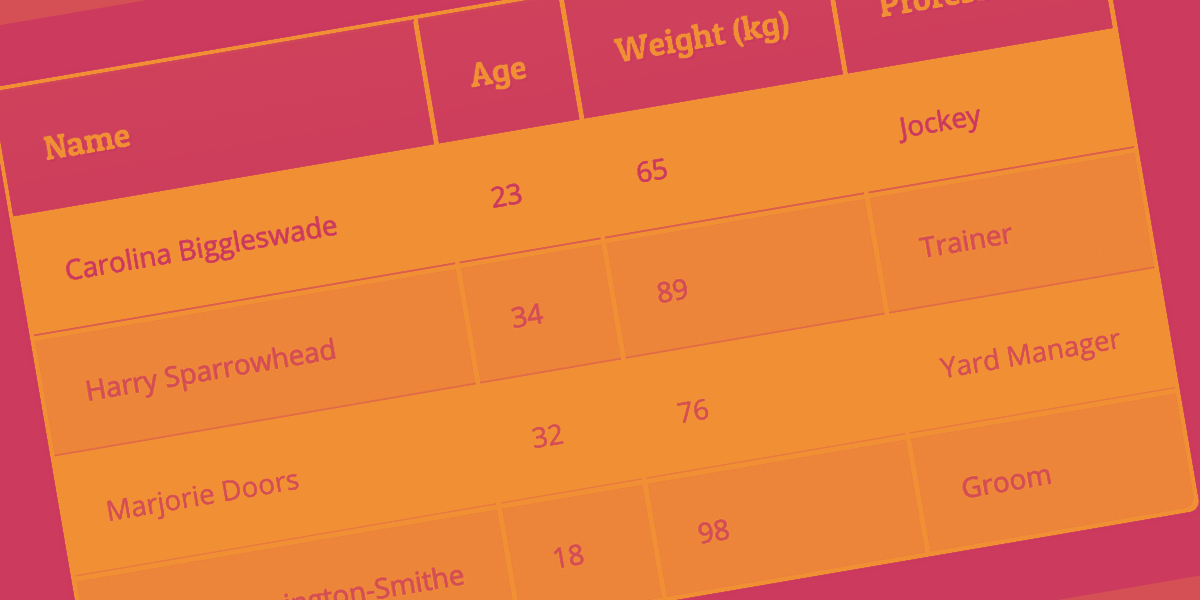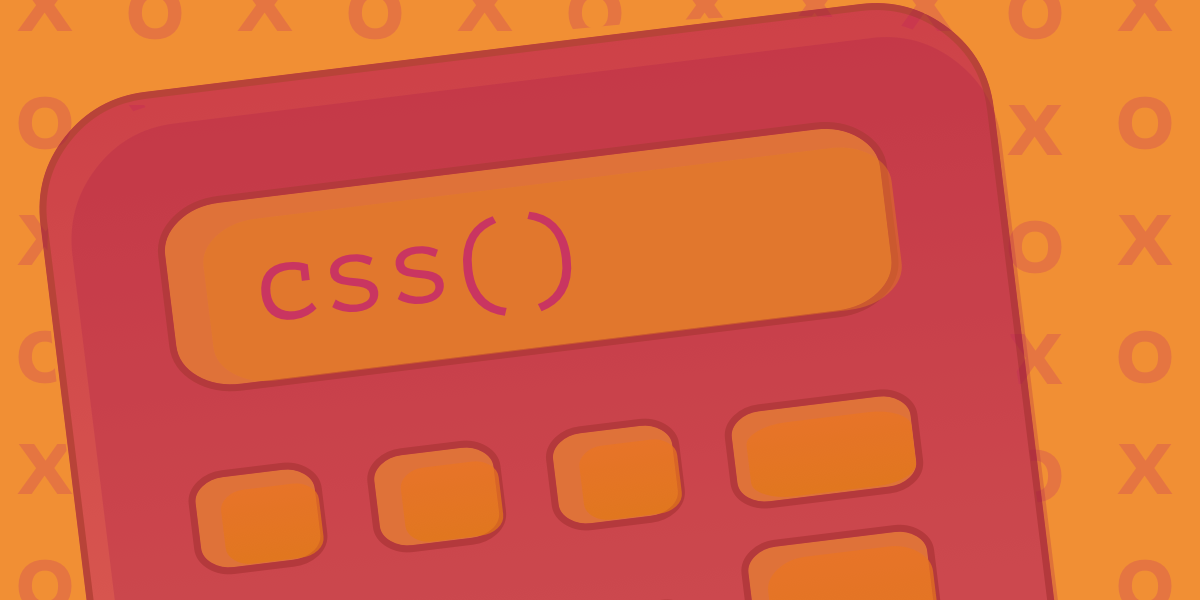
Managing User Focus with :focus-visible
This is going to be the 2nd post in a small series we are doing on form accessibility. If you missed the first post, check out Accessible Forms with Pseudo Classes. In this post we are going to look …

This is going to be the 2nd post in a small series we are doing on form accessibility. If you missed the first post, check out Accessible Forms with Pseudo Classes. In this post we are going to look …

Hey all you wonderful developers out there! In this post we are going to explore the use of :has() in your next web project. :has() is relatively newish but has gained popularity in the front end community by delivering control …

I spend a lot of time in DevTools, and I’m sure you do too. Sometimes I even bounce between them, especially when I’m debugging cross-browser issues. DevTools is a lot like browsers themselves — not all of the features in …

Doing a quick search here on CSS-Tricks shows just how many different ways there are to approach calendars. Some show how CSS Grid can create the layout efficiently. Some attempt to bring actual data into the mix. Some …

You know what it’s like to pick up a new language or framework. Sometimes there’s great documentation to help you find your way through it. But even the best documentation doesn’t cover absolutely everything. And when you work with something …

CSS trigonometry functions are here! Well, they are if you’re using the latest versions of Firefox and Safari, that is. Having this sort of mathematical power in CSS opens up a whole bunch of possibilities. In this tutorial, I thought …

Fonts are a defining characteristic of the design of any site. That includes WordPress themes, where it’s common for theme developers to integrate a service like Google Fonts into the WordPress Customizer settings for a “classic” PHP-based theme. That hasn’t …

I was reading “Creative List Styling” on Google’s web.dev blog and noticed something odd in one of the code examples in the ::marker section of the article. The built-in list markers are bullets, ordinal numbers, and letters. The ::marker pseudo-element …



The <table> element in HTML is used for displaying tabular data. You can think of it as a way to describe and display data that would make sense in spreadsheet software. Essentially: columns and rows. In this article, we’re going …

Centering things in CSS is the poster child of CSS complaining. Why does it have to be so hard? They jeer. I think the issue isn’t that it’s difficult to do, but in that there so many different ways of …



This is your complete guide to CSS cascade layers, a CSS feature that allows us to define explicit contained layers of specificity, so that we have full control over which styles take priority in a project without relying on specificity …


There are a lot of ways to work with color on the web. I think it’s helpful to understand the mechanics behind what you’re using, and color is no exception. Let’s delve into some of the technical details of color …



Our complete guide to links, buttons, and button-like inputs in HTML, CSS, and JavaScript.


The developer’s debugging console has been available in one form or another in web browsers for many years. Starting out as a means for errors to be reported to the developer, its capabilities have increased in many ways; such as …



CSS has a special calc() function for doing basic math. In this guide, let’s cover just about everything there is to know about this very useful function. …



This series will take you from zero to being confident in writing and working with jQuery and JavaScript.…